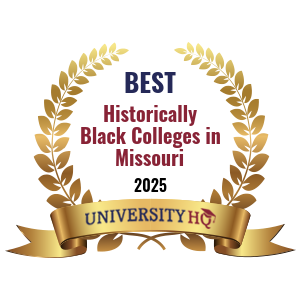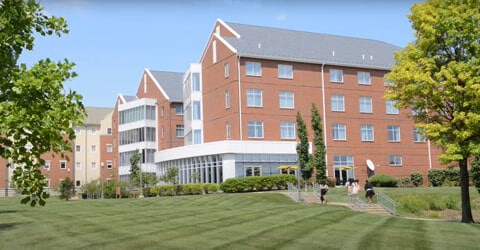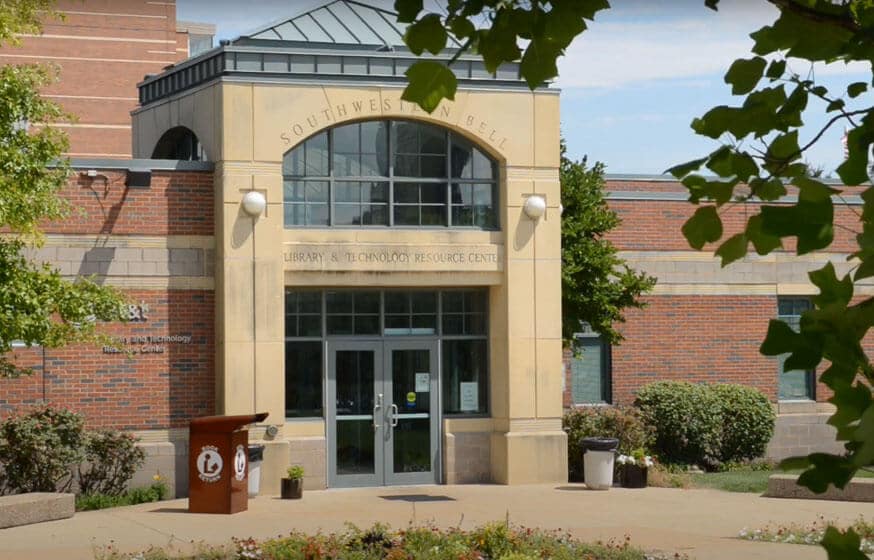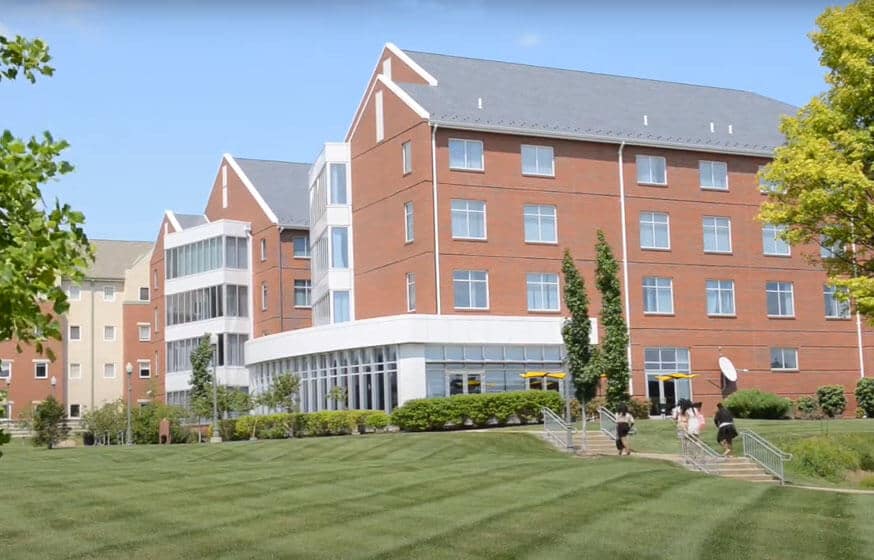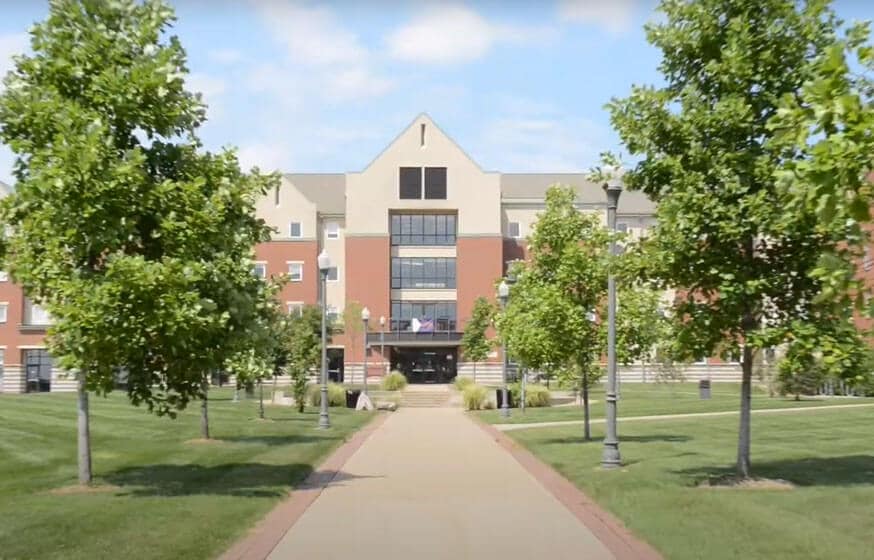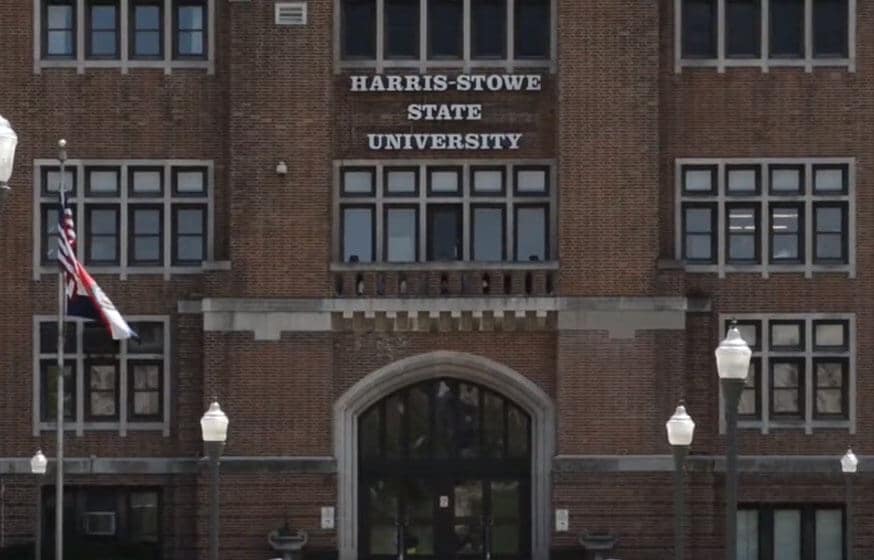Get Matched With Online Colleges
Harris-Stowe State University has been in existence since 1857 and it is a Historically Black College or University (HBCU). This small university sits in St. Louis, Missouri, where it provides a post-secondary education to high school graduates. Of course, even before you arrive at the university for a visit or to move in, you know it’s located in a large city: the second largest city in the state, in fact. You can take a quick tour around the campus - it’s not large, only covering a little less than 2 acres.
Search All Programs
Overview of Harris-Stowe State University (HSSU)
The campus is dominated by a large baseball field next door to the Givens Administration Building. Campus housing is an option which, as a freshman, many would suggest you take advantage of. During your first year or two, living on campus helps you to feel like you are more involved with activities, peers, and academic programs.
The total student enrollment is smaller than a large high school with just over 1,600 students, which means you’ll be able to get to know more of your fellow students, by sight if not by name. The student-to-faculty ratio is 17 to 1, which isn’t too bad.
General Information
| School Type | Public |
|---|---|
| Campus Setting | City: Large |
| Campus Housing | Yes |
| Student Faculty Ratio | 17:1 |
| Graduation Rate | 17% |
| Year Founded | 1857 |
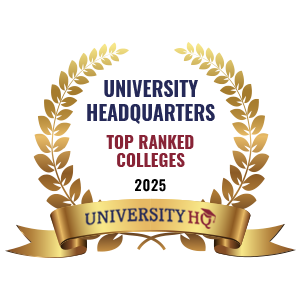
Student Enrollment
Total Students1,630
1,630
0
Undergraduate Student
Male 505
Female 1,125
Graduate Student
Male 0
Female 0
Explore Map
Top Rankings For Harris-Stowe State University
HSSU Acceptance Rate and Admissions
APPLICATIONSNA
ACCEPTANCENA
Acceptance RateNA
Enrollment NA
| Admissions | |
|---|---|
| Application Fee | $20 |
| High School GPA | NA |
| High School Rank | NA |
| High School Transcripts | NA |
| College Prep Courses | NA |
| Recommendations | NA |
| SAT/ACT | NA |
| TOEFL (Test of English as a Foreign Language) | NA |
| Application Deadline | Rolling |
| Common Application Accepted | Yes |
HSSU Tuition Cost & Financial Aid
You or your family will be financially responsible for your college tuition and other fees. The total estimated cost includes in- or out-of-state tuition, room and board, books, supplies, and other various charges or fees. In a recent school year, this amount was $21,674 altogether.
However, if you are eligible for financial aid after you fill out your FAFSA or send applications to scholarships and grants, you will pay what is called the net price, the cost left after your financial aid package is applied to the total. Harris-Stowe had an average net price of $10,551 during a recent academic year. Financial aid awards help to bring the overall cost down. However, because aid is applied based on eligibility, which is usually based on income, universities and colleges also track the net price by income. In that same year, if a family earned less than $30,000, they paid around $10,014. Families earning more than $110,000 paid around $12,225.
Almost all freshmen received financial aid at H-SSU; 98% of students qualified for this assistance. The same percentage received grants or scholarships averaging $8,749 and 61% received institutional grants and scholarships averaging $5,225.
| Average net price | 2018-2019 |
|---|---|
| Net Price | $10,551 |
| Average Total Aid | $8,749 |
| Students Receiving Financial Aid | 98% |
| Room & Board | $9,491 |
Sticker Price
- Tuition In-State - $5,484
- Tuition Out-of-State - $10,116
- Books and Supplies - $800
- Room & Board - $9,491
- Other - $5,899
Academics
You may already know what you want to major in, or you may not figure it out till the end of your first year or later. Either way, it’s good to know what degrees, majors, and minors are available before you attend any institution. The most popular degree programs offered by the school are business, management, marketing and related support services; education; homeland security, law enforcement, firefighting and related protective services; social sciences; and biological and biomedical sciences.
As you get used to living away from home, making your own decisions, and managing your assignments and time, you may realize that you like going to school here. You may decide to return for your next year, or it may be a given that you don’t even think about. The retention rate tracks how many students return for their second year after attending the school in their first and is generally considered an indicator of how well the school does meeting student needs. Harris-Stowe State University has a retention rate of 55%, which isn’t huge, but does indicate that more than half of students feel that the school meets their needs well.
Retention
Rate
4 year
Graduation
Rate
6 year
Graduation
Rate
Student Population Total
Student Population 1,630
1,630
0
Most Popular Programs & Majors
(# of Diplomas Awarded by Subject)
| All Business Majors | 60 Total Graduates / 31% |
|---|---|
| Business Administration and Management, General | 34 Graduates |
| Accounting | 16 Graduates |
| Management Information Systems, General | 6 Graduates |
| Finance, General | 3 Graduates |
| All Education Majors | 45 Total Graduates / 23% |
| Education, General | 40 Graduates |
| Elementary Education and Teaching | 3 Graduates |
| Early Childhood Education and Teaching | 2 Graduates |
| Homeland Security, Law Enforcement, Firefighting and Related Protective Services | 39 Total Graduates / 20% |
| Criminal Justice/Safety Studies | 39 Graduates |
| All Social Science Majors | 20 Total Graduates / 10% |
| Sociology | 11 Graduates |
| Urban Studies/Affairs | 5 Graduates |
| Political Science and Government, General | 4 Graduates |
| All Biological & Biomedical Majors | 19 Total Graduates / 10% |
| Biology/Biological Sciences, General | 19 Graduates |
| All Other Diplomas | 7% |
Outcome & Salary
Let’s consider the possibility that you attend Harris-Stowe University for four years and graduate with a degree and a new job in your field. While we can’t know exactly how much you’ll earn, we can look at the averages for current and recent graduates to provide a picture of the possibilities. Graduate’s early-career salaries averaged $51,200 and their mid-career salaries increased to $77,400.
Based on these numbers, and looking a few years down the road, that means that a graduate’s 10-year salary earning potential is $495,330 and their 20-year earning potential is closer to $1,269,330. If you then subtract your 4-year cost of education ($42,204) from these figures, (stick with me), what is left is your projected return on investment (ROI). A graduate’s 10-year projected ROI is $453,126 and their 20-year projected ROI is $1,227,126. Those are some solid numbers.
However, some high school graduates choose not to or are unable to go to college. Their national average salary is $38,792. Their 10-year projected income averages $387,920 and their 20-year projected income is $775,840. While there are outliers for those who gain trade experience or enter a niche trade or start their own businesses with wild success, these averages are eye opening and not to be ignored.
| Graduates Salary | |
|---|---|
| College Grads Early Career Salary | $51,200 |
| College Grads Average Salary | $49,533 |
| College Grads Mid Career Salary | $77,400 |
| Return on Investment (ROI) | |
|---|---|
| 10 Year Salary Earnings Potential | $495,330 |
| 20 Year Salary Earnings Potential | $1,269,330 |
| Cost of Education (Net Price) 4 Year | $42,204 |
| 10 Year Projected ROI | $453,126 |
| 20 Year Projected ROI | $1,227,126 |
| No College Education Salary Comparison | |
|---|---|
| National Average Salary | $38,792 |
| 10 Year Projected Income | $387,920 |
| 20 Year Projected Income | $775,840 |
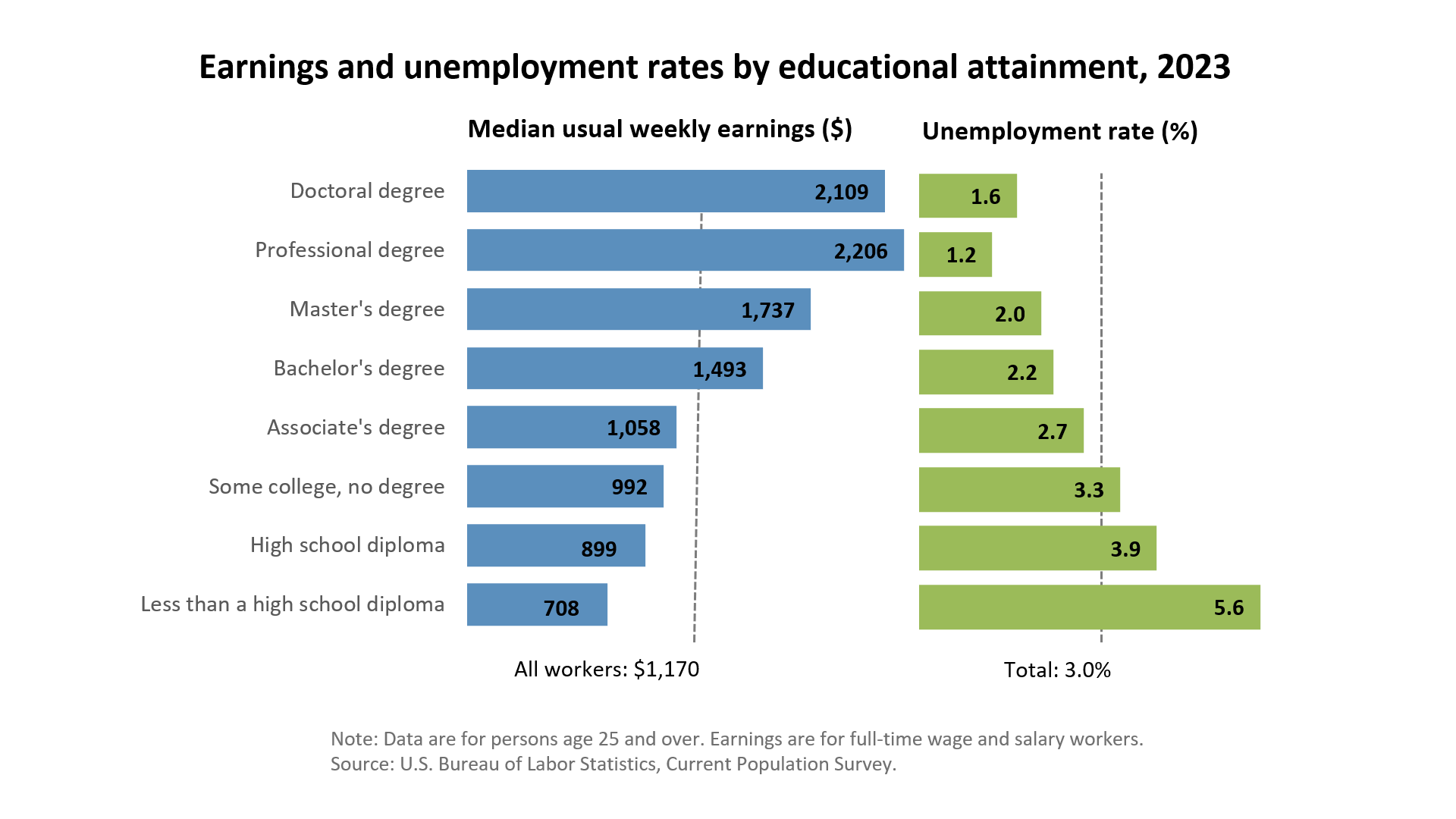
Related Top College Resources


